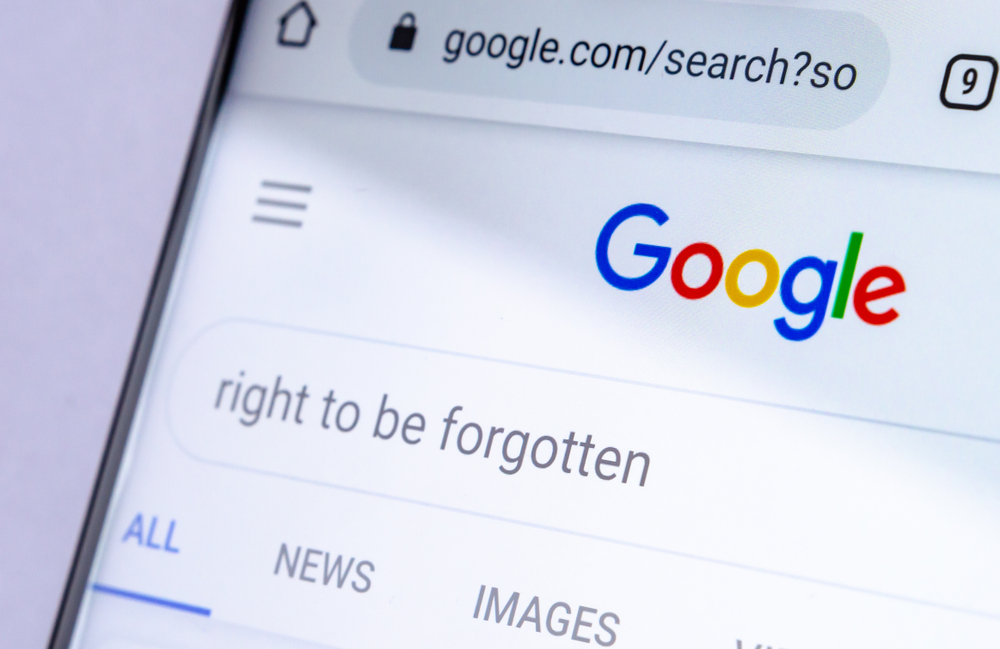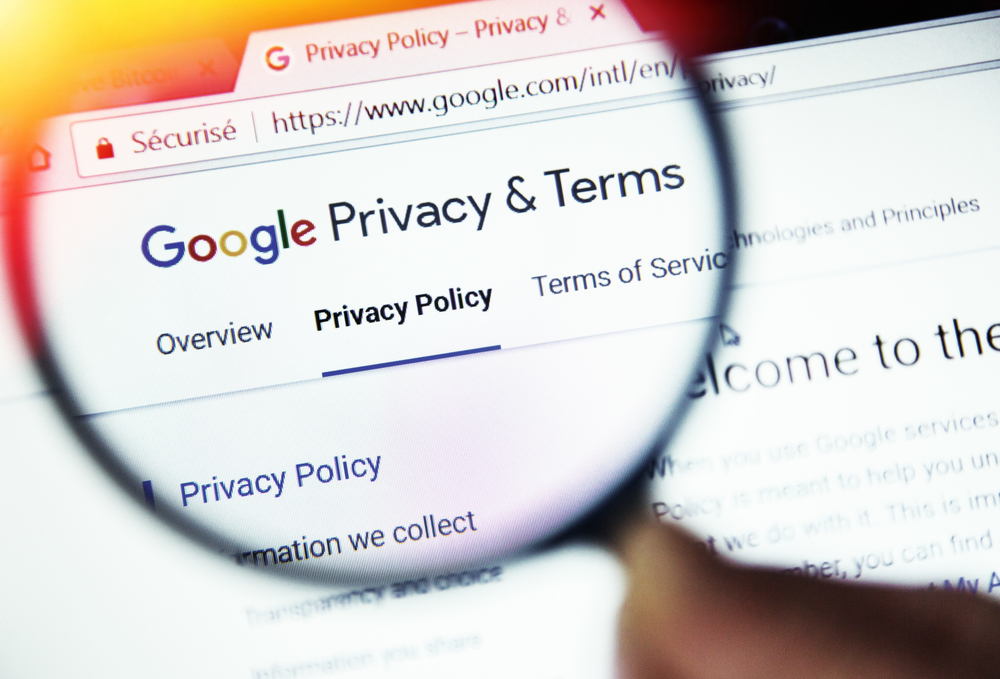Users are demanding greater privacy, transparency, choice and control over how their data is used or misused. It’s apparent that the web ecosystem needs to evolve and evolve very quickly to meet these demands.
Recently, Google announced that the third-party cookies would be blocked in Chrome within two years. Safari had already blindsided us by blocking some time back and reducing the web traffic by around 30%. With this announcement, it pretty much adds up to 100%! We are now staring at a possibility which significantly reduces our ability to target and measure.
First of all, let’s understand what are first-party and third-party cookies? If you go back to that same set of sites you were browsing before, you will notice that there are cookies present for a variety of domains, not just the one you currently visited. Cookies that match the domain of the current site, i.e., what’s displayed in the browser’s address bar, are referred as first-party cookies. Similarly, cookies from domains other than the current site are referred as third-party cookies. The same cookie can be either first-party or third-party, depending on which site the user is on at the time. For some time now, there has been a raging debate in the context of violation of privacy. GDPR, CAA and the likely approval of the Personal Data Protection Bill in India has brought this issue centre stage.
Google states that the objective of the Privacy Sandbox is to collaborate with publishers, marketers, and technology companies to develop open standards and capabilities to deliver ads to large groups of similar people without letting individually identifying data leave the consumer’s browser. The statement goes on to say that they will continue their work to make current web technologies more secure and private. As announced, Chrome will limit insecure cross-site tracking starting in February 2020, by treating cookies that don’t include a SameSite label as first party only, and require cookies labelled for third-party use to be accessed over HTTPS. This will make third-party cookies more secure and give users more precise browser cookie controls. Concurrently, they are developing techniques to detect and mitigate covert tracking and workarounds by launching new anti-fingerprinting measures to discourage use of deceptive and intrusive techniques. 
Google’s plan is based on various concepts outlined in its Chrome Sandbox. They intend to use a browser sandbox, not accessible to the advertiser, to store signals such as clicks or conversions and strictly measure out those signals in ways that anonymize the user. The direct signal from the user’s browser to the ad tech/marketing cloud is severed, and instead the browser does some measure of limitation, obfuscation and anonymization before any data is returned.
All these changes are likely to have a significant impact on – view-through attribution, third-party data and multi-touch attribution. The demise of view-through attribution is likely to cause a major change in media–buying habits as it is currently the mainstay of most digital display measurement. Measurement of reach and frequency and frequency capping will continue by using either publisher first-party data or IP addresses. Targeting and optimization of digital campaigns will get simpler, as inventory attributes become the obvious signals that will be correlated to the limited conversion and click data. With the impending absence of view-through measures, planners will move to click-based direct response ads.
At this point of time, we don’t know what the future holds for Apple’s IDFA or Android IDs. It would be safe to assume that they are heading in a similar direction. The fact also is that publisher first-party data is growing in relevance and efforts to use this data in collaboration with advertisers is a promising possibility. Whether this will take the form of hashed email addresses, shared logins or other technologies is still to be discovered.
Media Agencies aren’t exactly pleased about Google’s decision to phase out third-party cookies. Google is fully aware of this and that’s why there is a two-year window that has been provided unlike what Safari and Firefox did. Most buyers will use this time to rebuild their targeting and measurement strategies. We are staring at uncertain times ahead and are currently unable to decipher what it means for the future of audience targeting, programmatic buying and advanced attribution.
Some of the things that I have been propagating for a couple of years now take centre stage:
BYOD – Build Your Own Database: Most brands haven’t built their first-party data strategies, it’s time. With the absence of readily available granular data, brands will have to create ways in which consumers provide their information for some value that they derive out of this exchange. Brands will have to focus on content strategies that draw consumers back to their site or app. This will ensure that Marketing heads consider having a more direct and meaningful relationship with their customers.
More focus and emphasis on quality contextual data across publishers: For quite some time now context and content according to me are the pillars of any data driven marketing strategy. With the likely demise of third-party cookies, there will be increased focus on good quality data. This will force marketers to focus harder on context and devising the right interventions.
By announcing that this transition is a two-year process, the way ahead is still very hazy. On the face of it, it looks like the beneficiaries, besides Google of course, will be walled gardens like Facebook. Publishers will also benefit and see a rise in the use and value of their first-party data. Most publishers already have a head start with the Safari browser already blocking cookies, media companies have invested in first-party data solutions to lift the CPMs of their cookie less traffic. Media companies with their own audiences and D2C relationships are also likely to thrive. It’s time to act and not wait and watch. It’s time to prepare a sound data strategy that will deliver sustainable growth.

